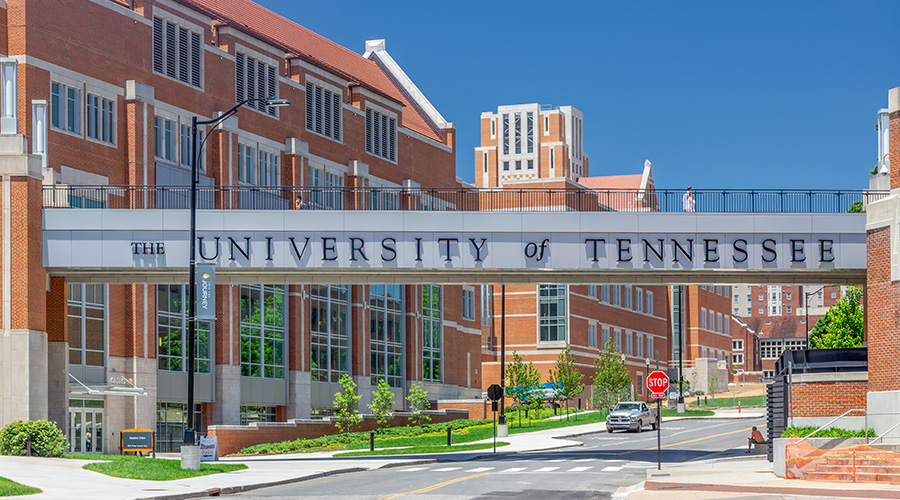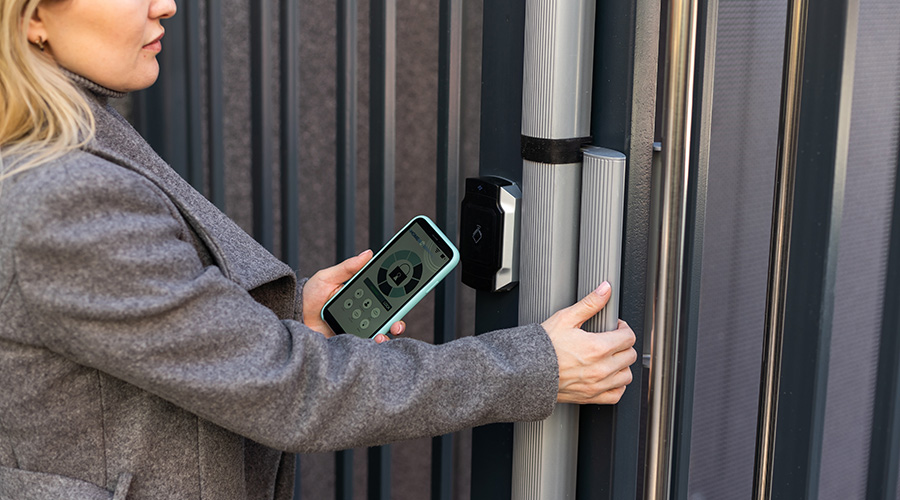Preserve the Natural Landscape to Protect the Building
Security can also conflict with sustainability with respect to landscaping and building structure. Part of being green is being careful not to disrupt the natural environment — ideally, a building's structure should blend in with its environment and incorporate the environment wherever possible, rather than destroying or altering it.
Meanwhile, a major security concern is blast mitigation — ensuring that a building's structure is able to withstand a blast, such as from an explosion. This can be achieved by providing barriers around a building so that the structure is shielded from direct shock waves. Both security and sustainability goals can be achieved through the use of variable grading. This means that a building's structure is designed to accommodate the natural contours of the land, rather than razing the land in order to create a flat foundation. By erecting a building within the natural landscape, not only is the environment preserved, but hills can actually provide blast mitigation and prevent vehicles from being able to ram into the building.
When security is simply an afterthought, the safety of the building and its inhabitants is sure to suffer. If, however, security is brought to the table with other stakeholders early on in the building's design, it becomes possible to integrate security and sustainability so that both are maximized. The risk management and sustainability solutions that can be found through such integration will benefit all the stakeholders involved. 
Daniel O'Neill is president of Applied Risk Management (ARM), a security consulting firm based in Boston.
|
IDENTIFYING THREATS
Risk Assessments and Sustainability
Facility executives should seek a balance of sustainability and security from the beginning of the design process. Owners and architects should take into consideration potential threats to which the building might be exposed. Threat-based risk assessments (TRAs) should be conducted to identify threats, including those due to local crime and natural disasters, as well as insider, outsider, and other business threats. This is the best way to determine the appropriate level of security countermeasures for any given building or facility. Conducting TRAs both ensures that costly, time-consuming, and energy-intensive security measures are deployed correctly, and maximizes the benefit derived from security measures that are undertaken. In many cases, this approach serves to reduce the need for costly systems that provide minimal security benefits.
— Daniel O'Neill
|
Related Topics:















